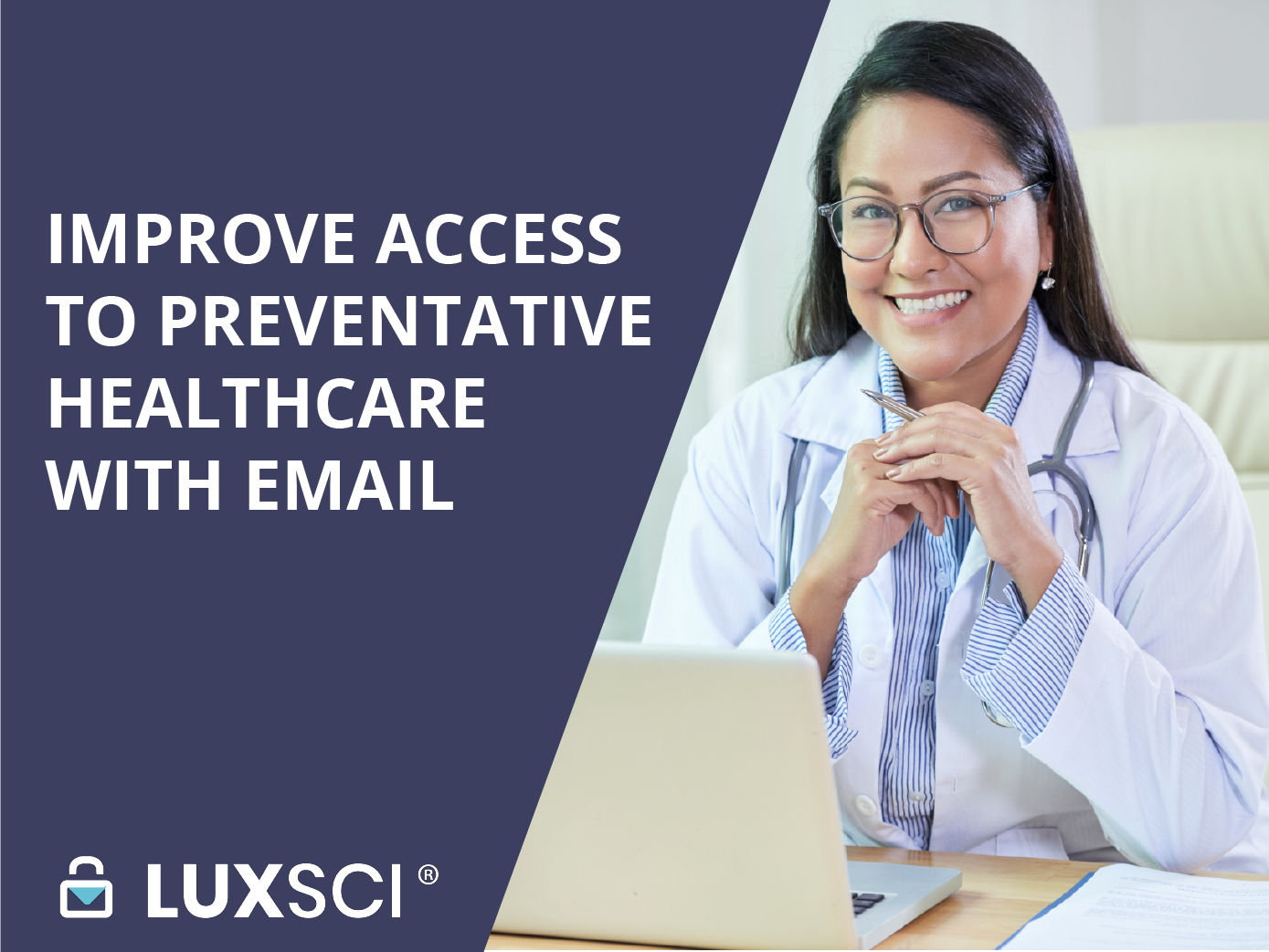Improve Access to Preventative Healthcare with Email
Tuesday, March 22nd, 2022Next up in our series on patient education and engagement, we look at ways to encourage preventative healthcare with digital technologies.
Vaccines and Flu Shot Information
It’s challenging to encourage individuals to get a yearly flu shot. There are many reasons that people do not get annual flu shots. Some of these reasons include:
- not enough time
- don’t think they need one
- don’t know where or when to get one
Accordingly, one way to expand outreach efforts is with a series of personalized and educational emails. Using a patient database, it’s easy to identify the patients who are at the highest risk of suffering severe consequences from contracting the flu. Subsequently, the marketing team can put together a series of educational emails that address some of the common questions including:
- why flu shots are important to public health
- how to schedule a flu shot appointment
- promotions to incentivize populations with lower vaccination rates
In addition, patient education can also help combat vaccine misinformation. The Covid-19 vaccine rollout represents a good example. The lack of compelling information from official sources led people to the Internet and social media to search for information about the vaccines. Despite local and national government efforts, the information void was filled by misinformation. Reaching out to patients before they encountered misinformation could have helped increase trust and increased vaccination rates.
Preventative Healthcare Screenings and Testings
Preventative healthcare screenings for cancer, blood pressure, and diabetes are recommended on a yearly basis. Identifying these conditions and treating them early on can drastically improve health outcomes. However, many people do not know when to get screened. Many tests do not apply until patients reach a certain age bracket or if they have certain risk factors. Email campaigns can target patients who meet the criteria for a preventative screening.
Next, let’s look at another example. Breast cancer screenings are recommended for women when they reach 40 years old. A healthcare marketer could create an email campaign to let eligible patients know how to schedule a mammogram. This campaign could provide educational information on why screenings are important, what patients can expect at their mammogram, and how to schedule an appointment. Promotional tactics can also encourage more signups. Early detection of cancer saves lives, and it’s incredibly important to conduct these screenings.
Appointment Scheduling
Furthermore, it is important that patients come in for annual appointments. These appointments are where many screening procedures occur. Skipping an annual appointment can mean missing the early symptoms of a serious health condition. Email campaigns can help close care gaps and encourage patients who have missed appointments to reschedule. Removing barriers to care and increasing the number of communication touch points can improve patient engagement.
The Power of Personalization in Preventative Healthcare
Finally, emails are even more powerful when they are personalized using ePHI. Marketers can use audience segmentation to break down patient populations into distinct groups and create relevant messaging. However, to segment and personalize email marketing messages with ePHI, the organization must use a HIPAA-compliant marketing solution. Read our other blogs for more information on selecting a HIPAA-compliant email marketing platform.
By targeting distinct patient groups, marketing teams can create highly relevant messages that increase patient engagement. Let’s take the earlier breast cancer screening campaign example. This campaign is particularly relevant to women in their 40s and 50s who may be unfamiliar with the screening process and how to schedule a mammogram. If this campaign was sent to an entire patient population, it would be confusing and annoying. Young women may mistakenly believe they needed to get screened, and men would be annoyed by the unnecessary email outreach.
Targeting the right population at the right time with the right message is key to marketing success. Using patient data in a safe way allows the marketing team to create highly personalized campaigns that help patients access preventative healthcare.
Conclusion
To conclude, educational email campaigns can encourage patients to access preventative care that they may not know is available. To achieve the best results, marketers can use segmentation and personalization to create highly targeted email campaigns to help patients achieve desired health outcomes. For more information on creating HIPAA-compliant email marketing campaigns, check out LuxSci’s Secure Marketing tool.









